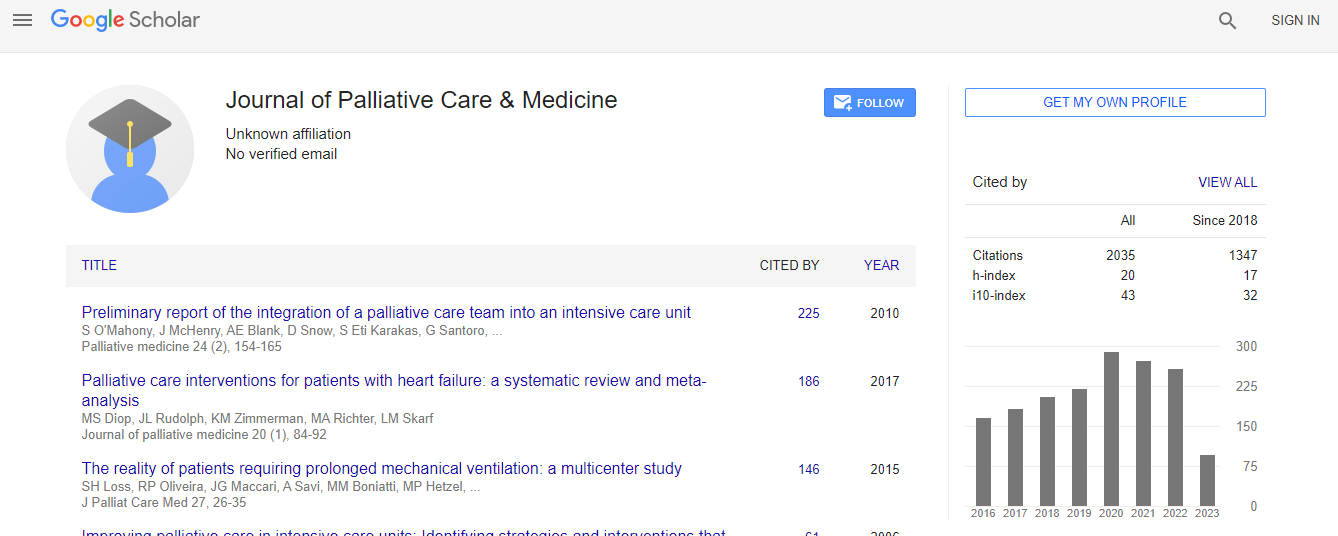Research Article
Defining the Threshold at which Health Care Professionals Consider Withdrawing Life Sustaining Ventilation in Neonatology
Sandesh Shivananda1*, Kyong-Soon Lee2, Krishelle Marc-Aurele3, Jonathan Hellmann2, Susan Braid3 and Jae H Kim3
1Division of Neonatology, Department of Pediatrics, McMaster Children’s Hospital, Canada
2Division of Neonatology, Department of Pediatrics, The Hospital for Sick Children, Toronto, Canada
3Division of Neonatology, Department of Pediatrics, University of California San Diego, San Diego, California, United States
- *Corresponding Author:
- Sandesh Shivananda
McMaster University Medical Center Division of Neonatology Department of Pediatrics
4F1D 1200 Main Street
West Hamilton
ON L8N 3Z5, Canada
Tel: 905-521-2100 ext. 73489
Fax: 905-521-5007
E-mail: sandesh@mcmaster.ca
Received date: March 21, 2013; Accepted date: April 12, 2013; Published date: April 15, 2013
Citation: Shivananda S, Lee KS, Marc-Aurele K, Hellmann J, Braid S, et al. (2013) Defining the Threshold at which Health Care Professionals Consider Withdrawing Life Sustaining Ventilation in Neonatology. J Palliative Care Med S4:001. doi:10.4172/2165-7386.S4-001
Copyright: © 2013 Shivananda S, et al. This is an open-access article distributed under the terms of the Creative Commons Attribution License, which permits unrestricted use, distribution, and reproduction in any medium, provided the original author and source are credited.
Abstract
Objective: To determine the variation inhealthcare provider perspectives regarding Withdrawing Life Sustaining Ventilation (WLSV) in Neonatology. Methods: We surveyed physicians, nurses, respiratory therapists, social workers, occupational and physical therapists, and neonatal pharmacists at two North American neonatal intensive care units to assess how neonatal healthcare providers use numerical risk to assist decision-making in Withdrawing Life Sustaining Ventilation. The survey presented nine scenarios depicting varying projected disabilities (single and multiple) at 3 years of age. Participants were asked to choose a predicted risk for the proposed disabilities (threshold) at which they would consider offering the WLSV option to parents. Ten additional questions regarding demographic information, attitudes, beliefs, and personal experiences were included. Results: The response rate was 59% (332/562). Respondents were primarily female nurses. For all respondents, the choice of WLSV was offered at statistically increasing frequency for the following disabilities: deafness, blindness, cerebral palsy, and mental retardation. The risk of severe mental retardation was the strongest influencing variable. The median choice for risk of severe mental retardation alone (61-70% risk) showed no significant difference from the median choice for risk of multiple disabilities (two or more). Median responses were not significantly different with respect to age, number of children, ethnic origin, occupation, religion, strength of religious belief, or knowledge of a friend/relative with impairments. Conclusions: Poor cognitive outcome is the principal determinant in WLSV decision-making among health care providers.

 Spanish
Spanish  Chinese
Chinese  Russian
Russian  German
German  French
French  Japanese
Japanese  Portuguese
Portuguese  Hindi
Hindi 
